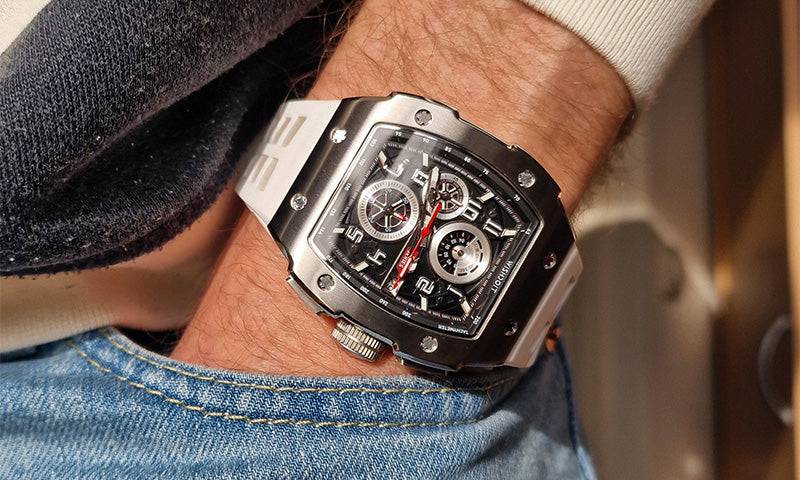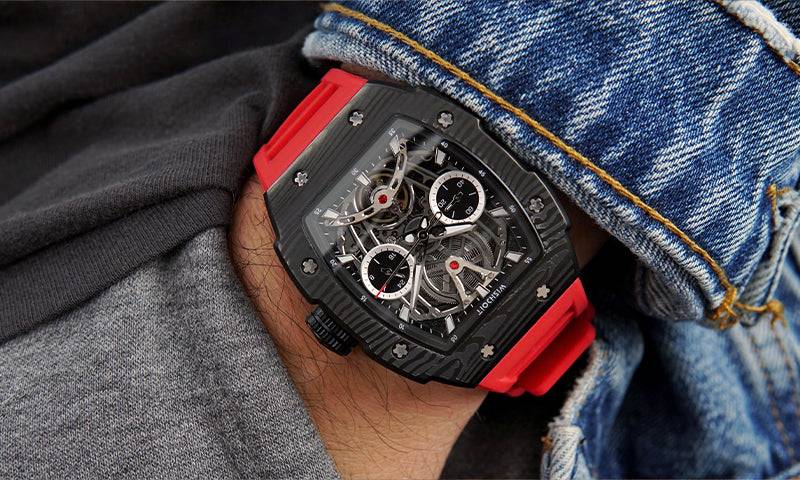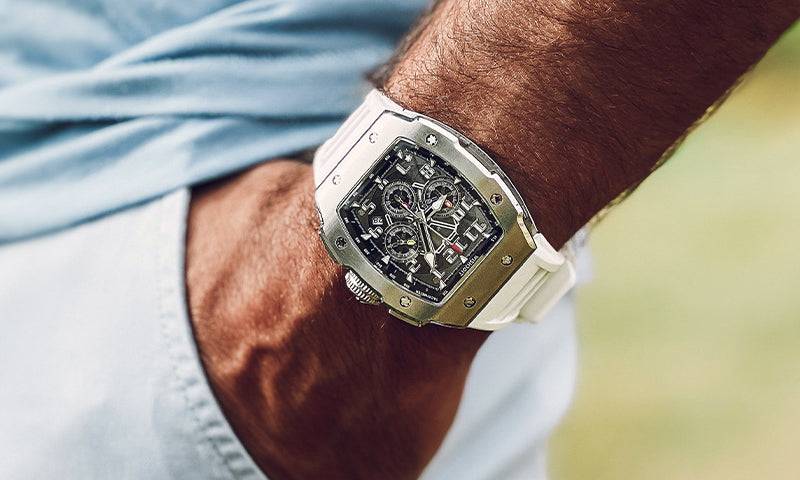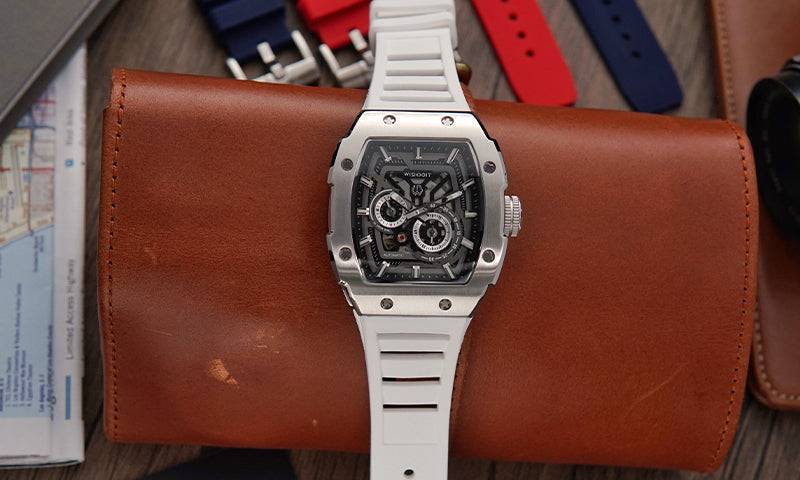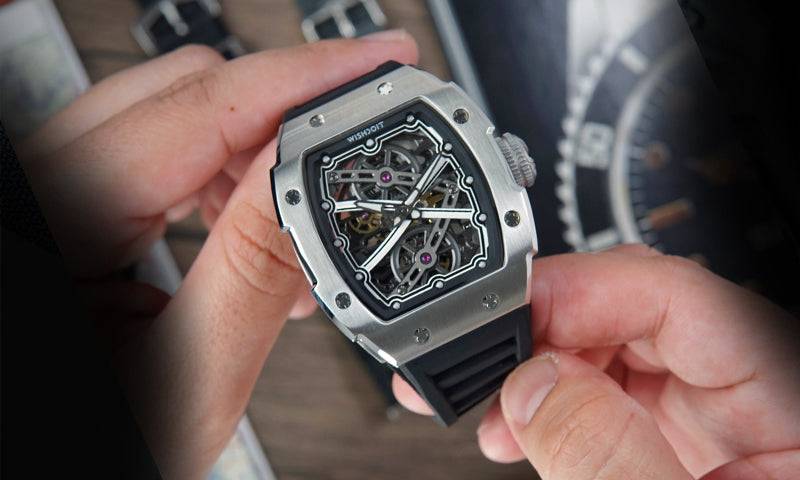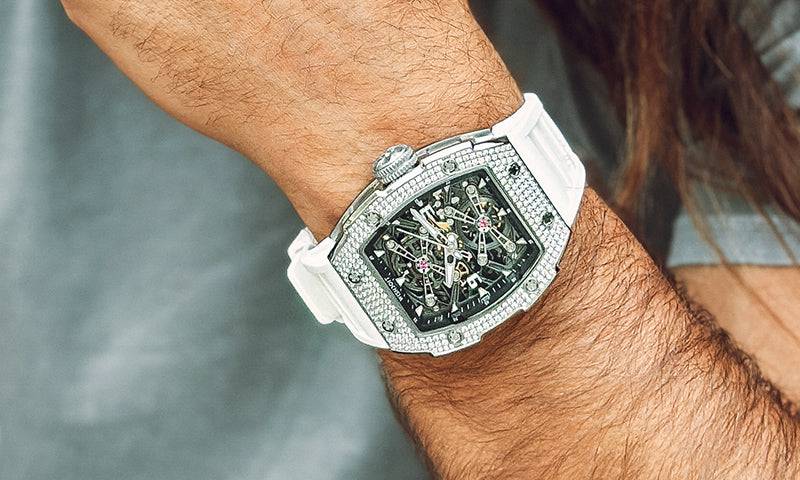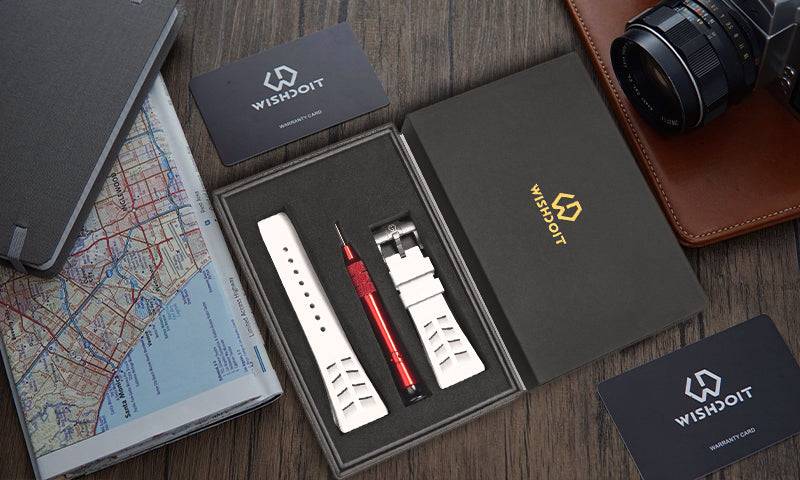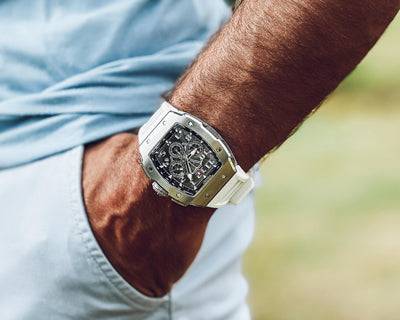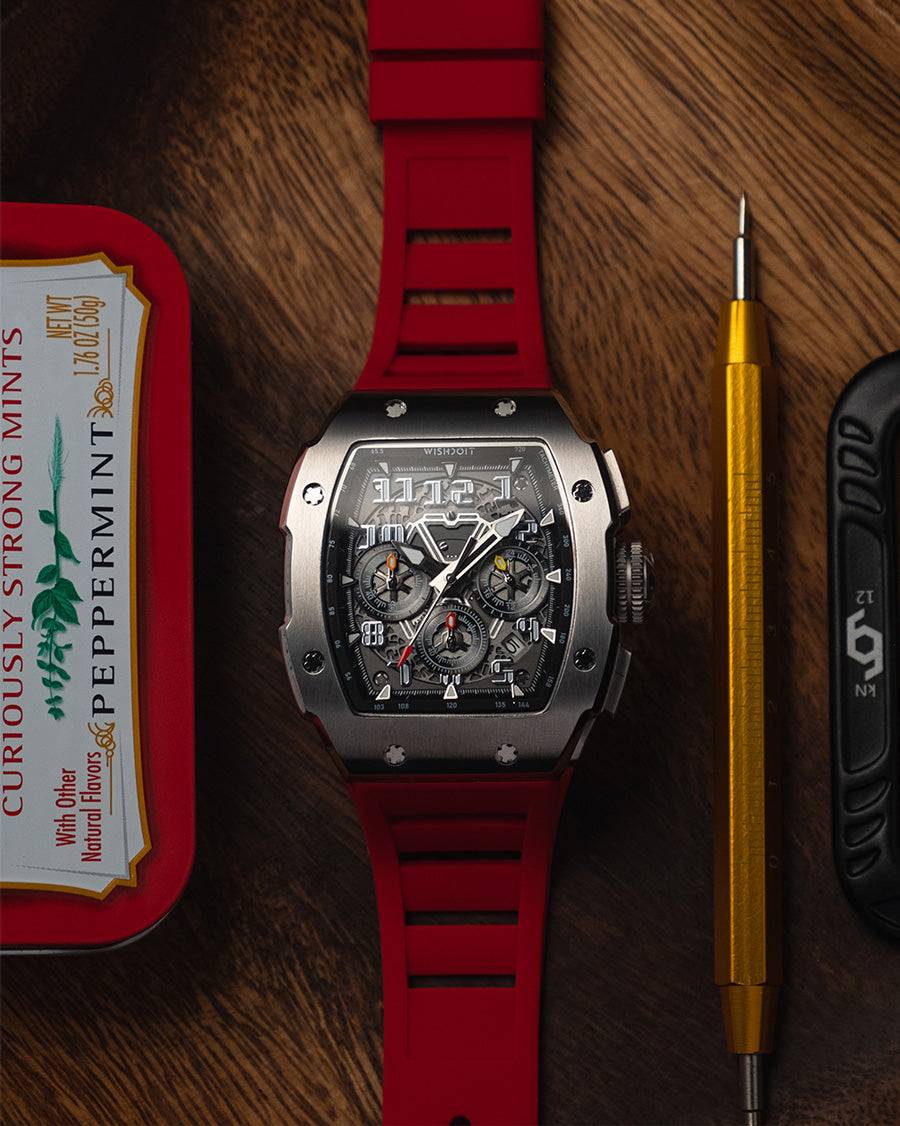New Arrivals
4.87 / 5.0
38 reviews4.89 / 5.0
244 reviews4.89 / 5.0
244 reviews5.0 / 5.0
15 reviews4.9 / 5.0
260 reviews5.0 / 5.0
12 reviews4.95 / 5.0
62 reviewsBest Sellers
4.89 / 5.0
244 reviews4.9 / 5.0
260 reviews4.87 / 5.0
38 reviews5.0 / 5.0
36 reviews5.0 / 5.0
12 reviews4.89 / 5.0
244 reviews4.95 / 5.0
112 reviews4.95 / 5.0
62 reviews4.95 / 5.0
112 reviews5.0 / 5.0
12 reviews4.96 / 5.0
79 reviews4.87 / 5.0
38 reviews4.96 / 5.0
79 reviews4.95 / 5.0
112 reviews4.87 / 5.0
38 reviews5.0 / 5.0
12 reviews5.0 / 5.0
15 reviews5.0 / 5.0
36 reviewsCustomers rate us 4.93/5 based on 15,220+ reviews.
Independently verified reviews from people just like you
Saurav
W.L
Jack P.
Tom
Luciano G.
AS SEEN IN




"WISHDOIT seeks to keep watches unique and fashion while still making a statement with their look."
"The watch they designed has an elevated coolness about it."
"A freedom, yet eternal, elegance perfect for work or play."
"WISHDOIT requires meticulous and exquisite craftsmanship in every detail of watch making."
"Bold design meets styled Gothic art."
Affordable Luxury Watches Without The Retail Mark-up
At WISHDOIT Watches, we believe that every watch should be a statement piece, reflecting the unique style and personality of its owner. That's why our watches are designed with both style and function in mind, featuring a range of innovative features and eye-catching designs that are sure to turn heads.
Unlike other brands that mass-produce watches and focus on quantity and cost, we focus on quality. We wanted to create a range of luxury yet affordable watches for men, so we cut all dealers for only one goal - uncompromising quality and unrivalled value, because we believe style shouldn't break the bank.




